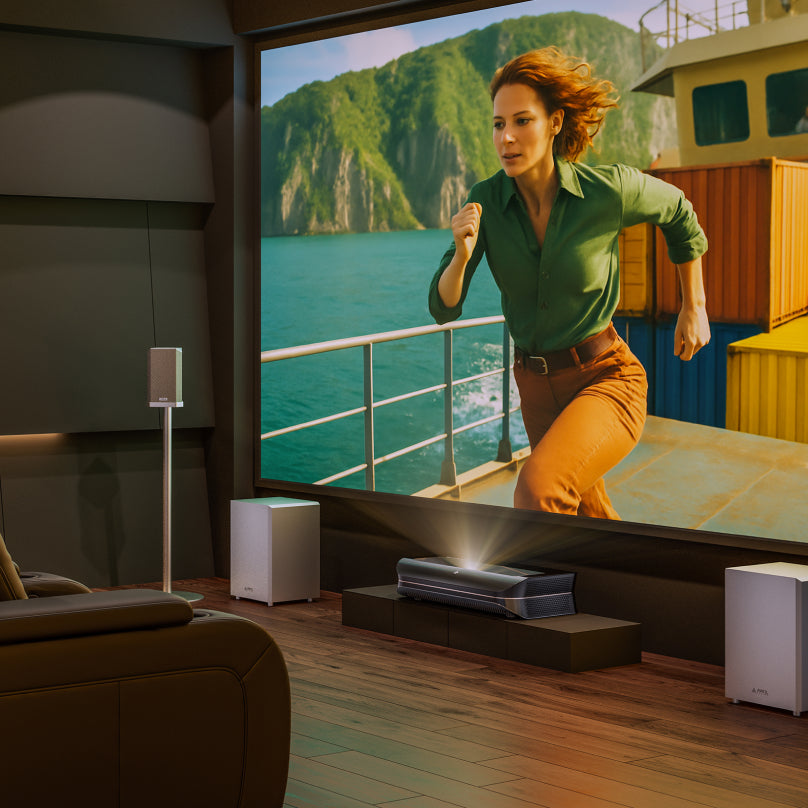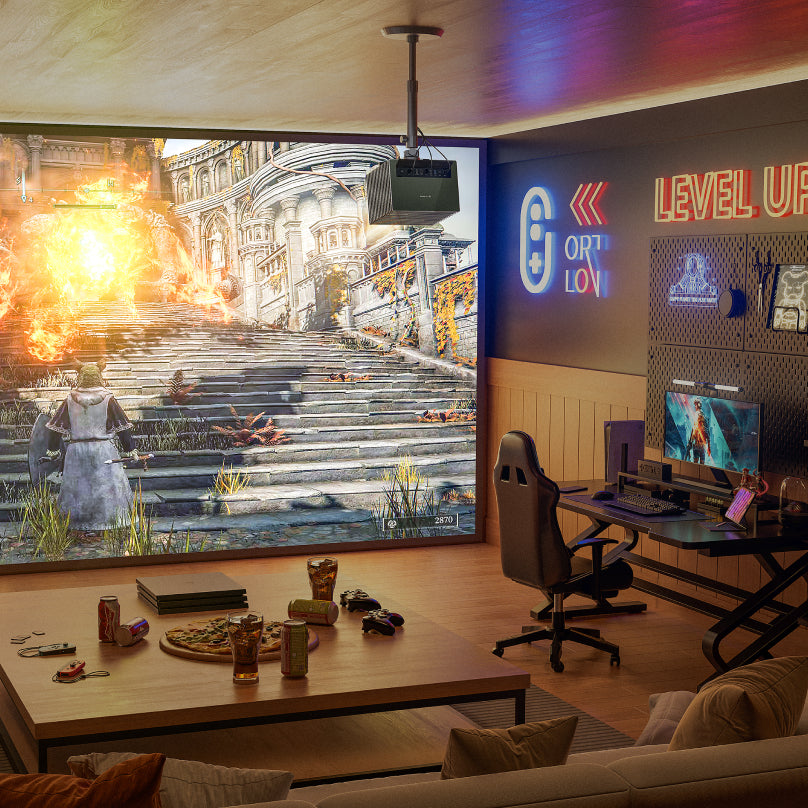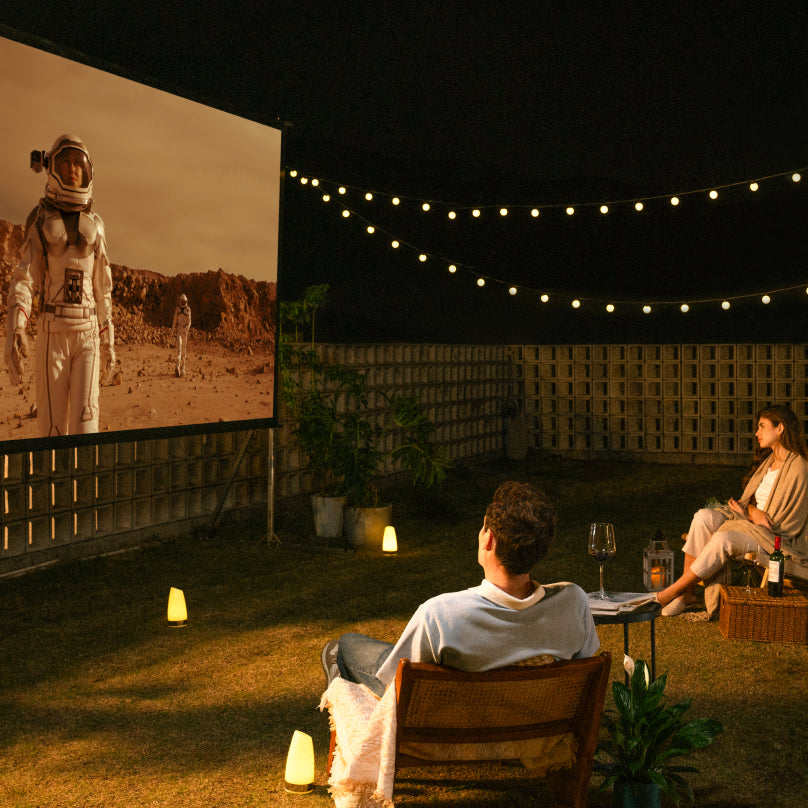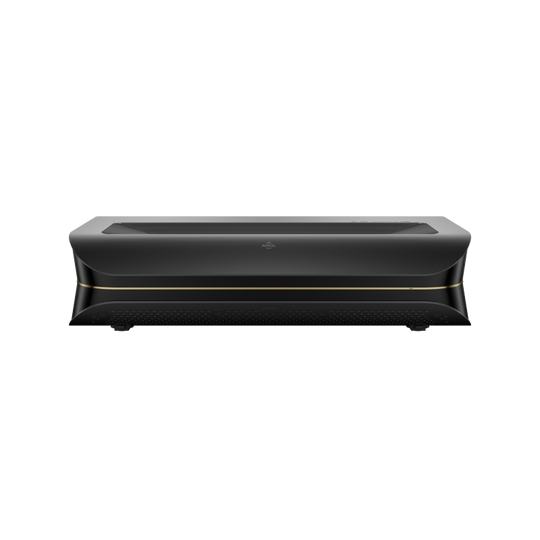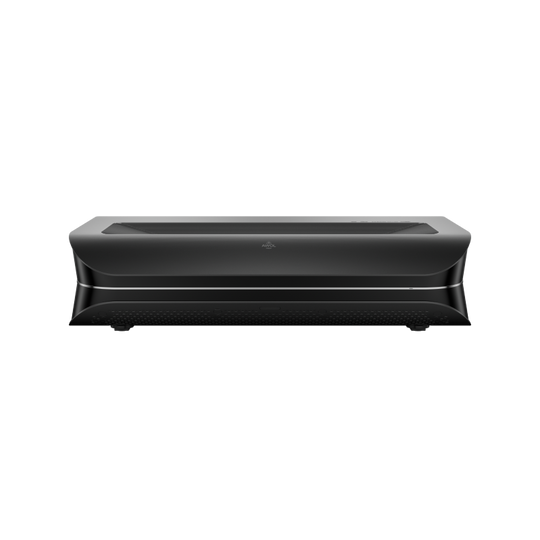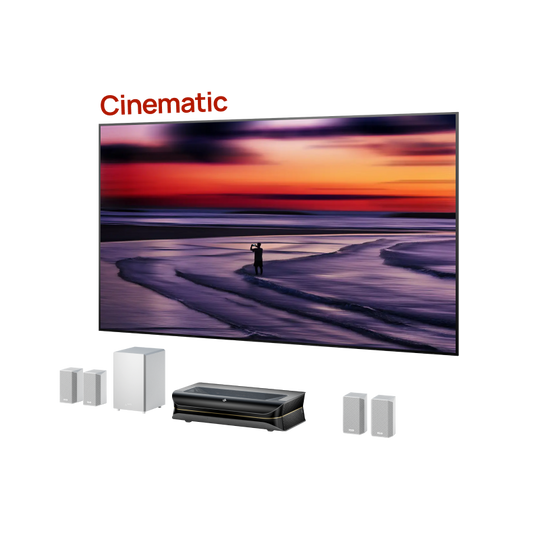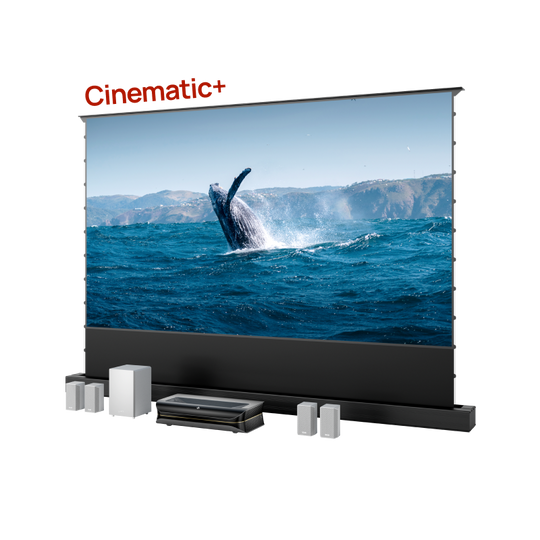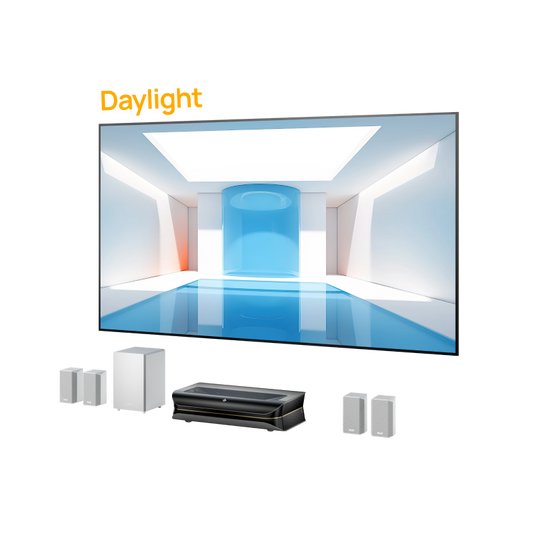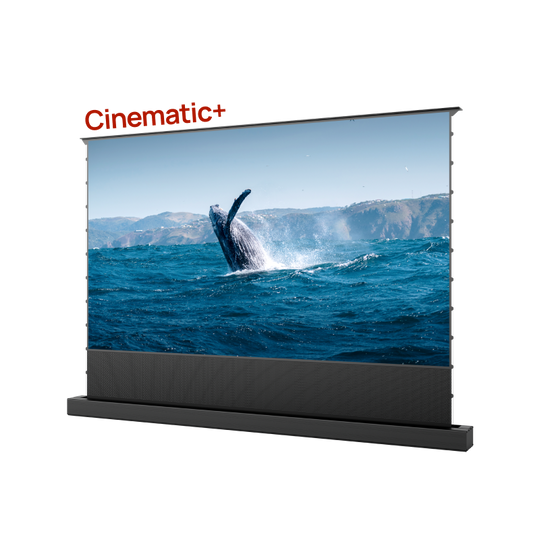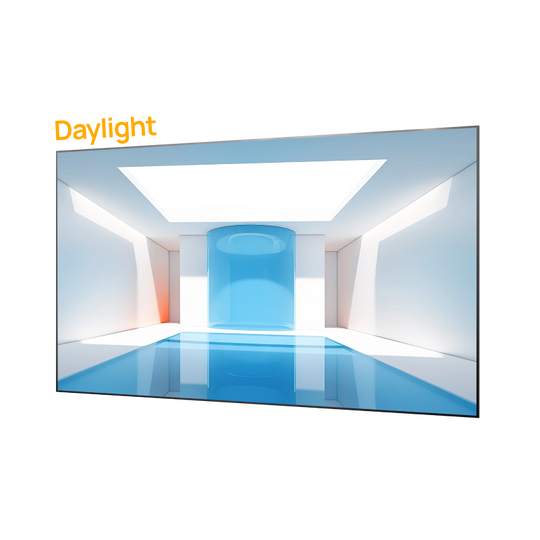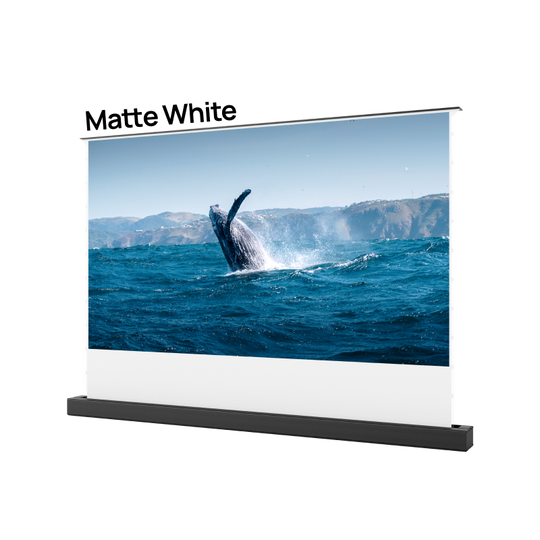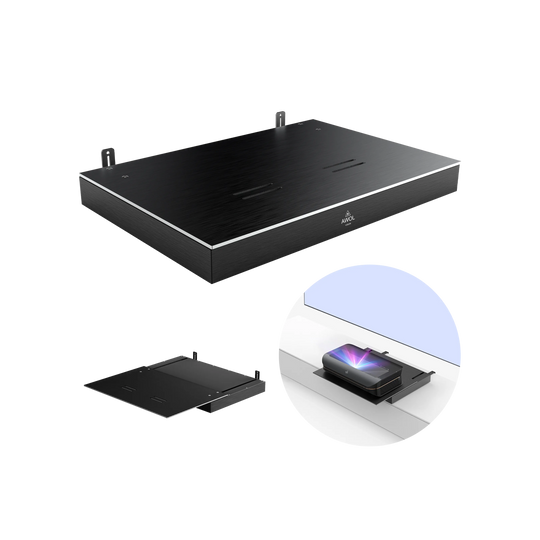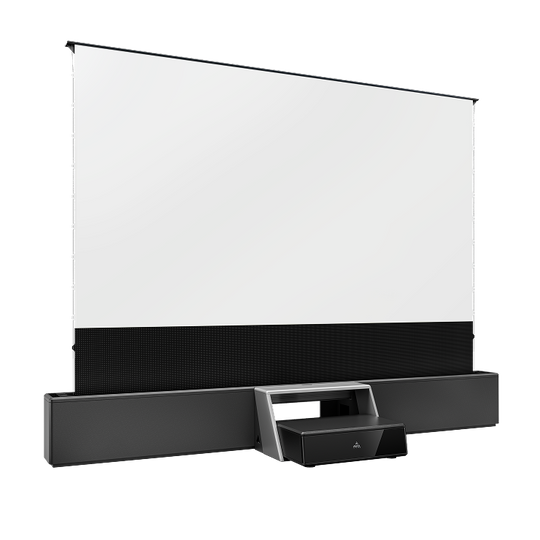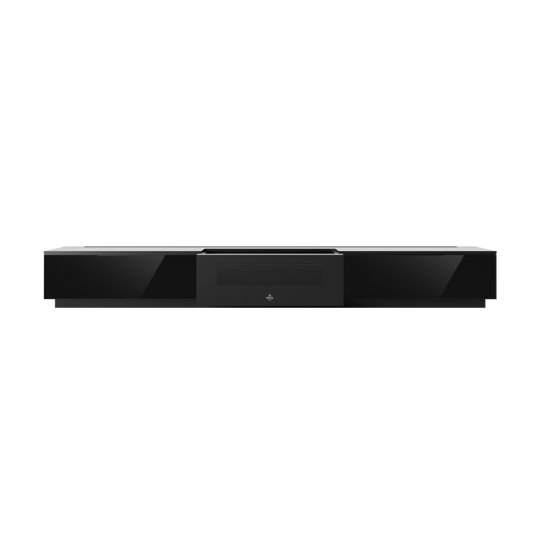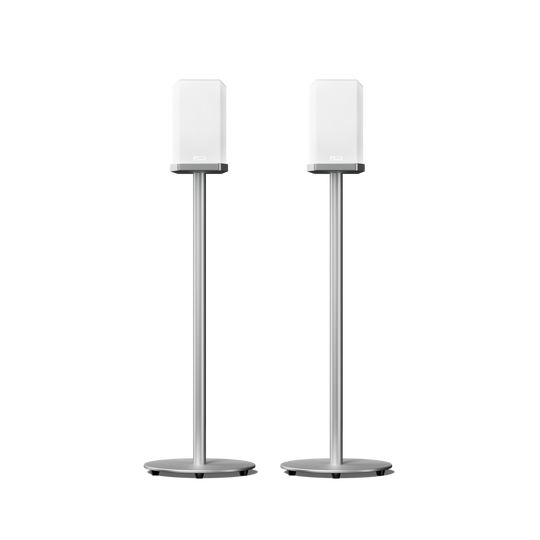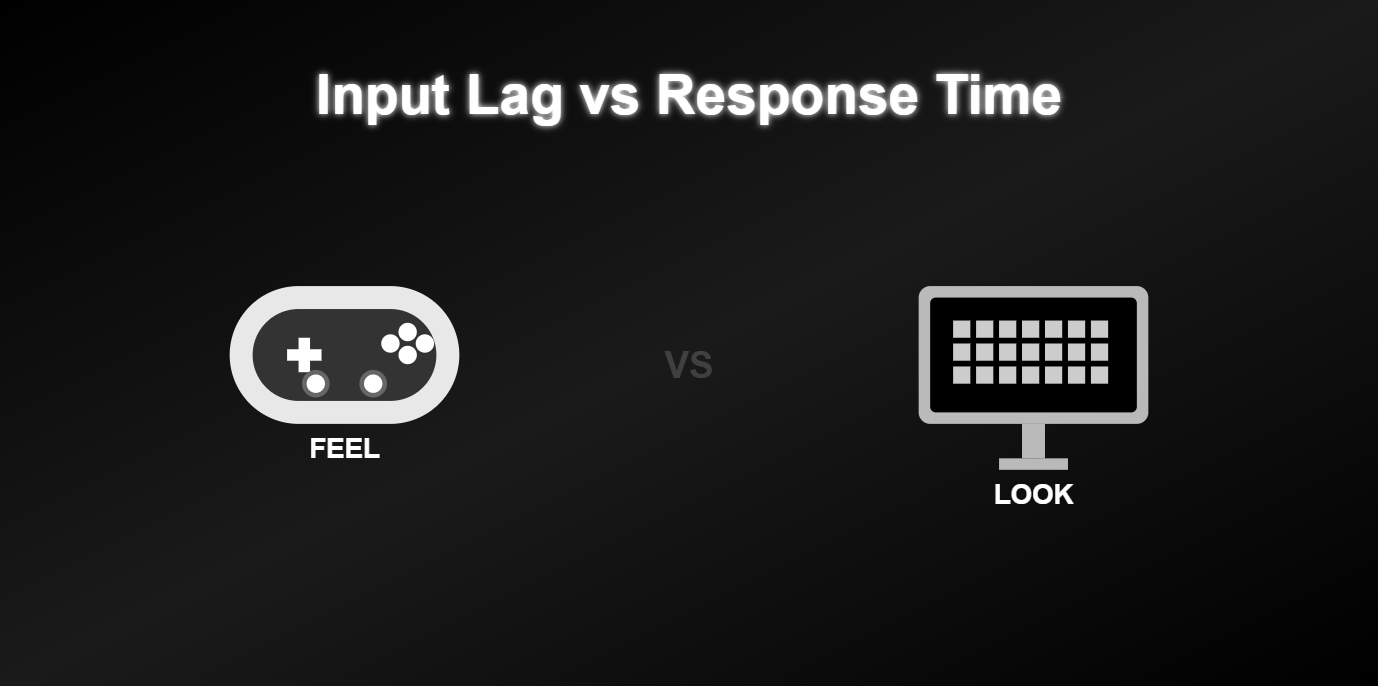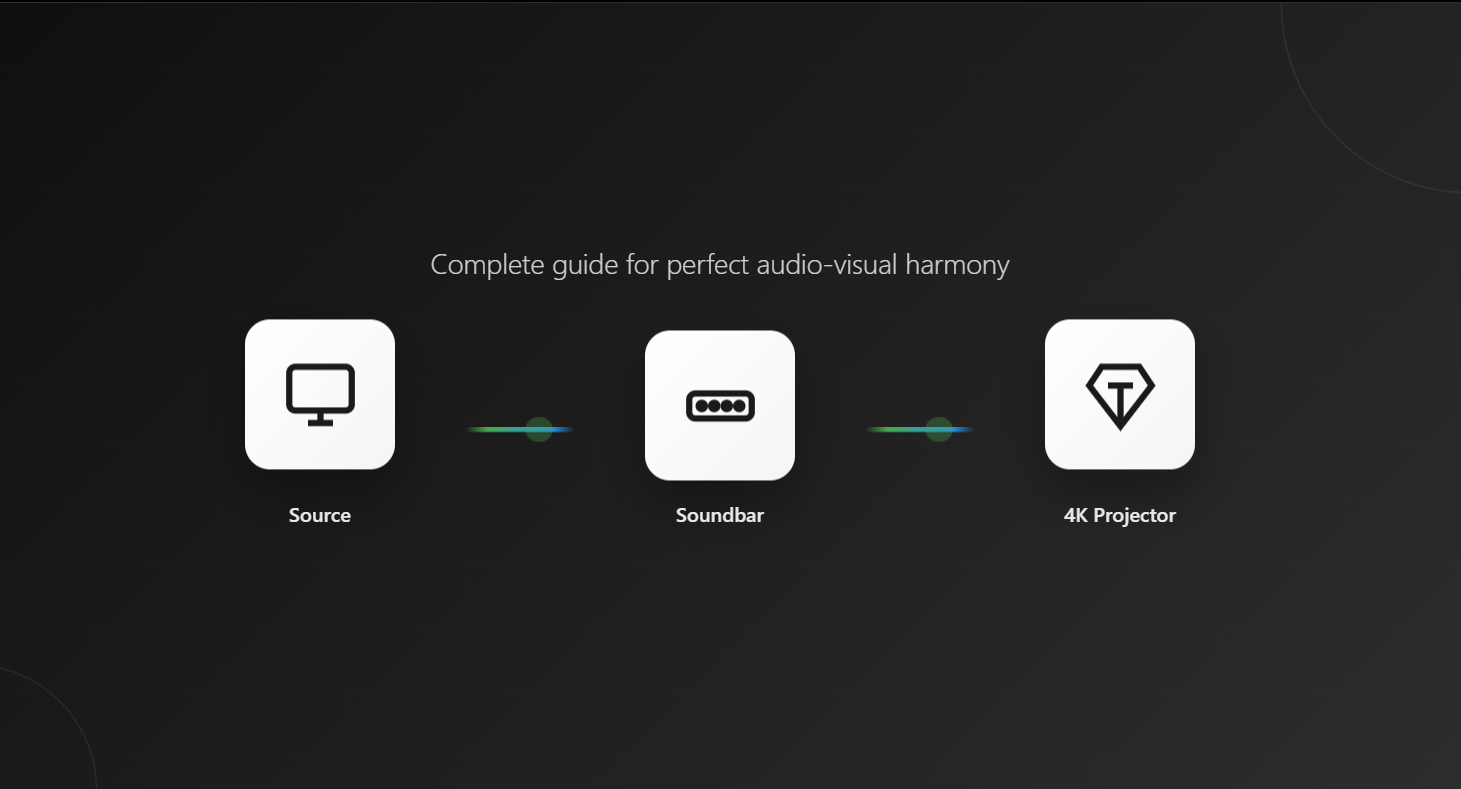Unwanted noise is the primary antagonist of a great home theater. But that operational sound is more than just an annoyance; it’s a diagnostic language. The whirs, hums, and clicks your projector makes are telling you a story about its health, its technology, and its performance.
This guide will teach you that language. We’ll decode what makes a projector noisy, show you how to choose a new one that runs silent, and give you a practical guide to diagnosing and solving noise issues in your current setup.
What Do Decibels Actually Mean?
Before you can find a quiet projector, you need to understand the metric used to measure its sound: the decibel (dB).
The decibel scale is logarithmic, which means it’s not as straightforward as a ruler. A small increase in the number represents a large increase in audible sound. Here’s a simple way to think about it:
-
10 dB: A pin drop
-
20 dB: A whisper from a few feet away
-
30 dB: A quiet library
-
40 dB: A quiet conversation
A projector rated at 35 dB is significantly louder than one rated at 25 dB. In a quiet room, this difference is the deciding factor between cinematic immersion and constant distraction.
The Industry Benchmark: What dB Level to Look For
When you’re looking at spec sheets, use these tiers as your guide for a home cinema:
-
Above 32 dB: Noticeable. In a dedicated theater, this level will likely be distracting during quiet scenes.
-
28-32 dB: Acceptable. A good middle ground, but the sound may still be present.
-
Under 28 dB: Excellent. This is the target for a truly quiet home theater where the projector’s sound fades into the background.
-
Around 25 dB: The Gold Standard. This is whisper-quiet, ensuring the projector will be virtually inaudible.
The Anatomy of Projector Noise: What Are You Actually Hearing?
Different components produce different sounds. Learning to identify them is the first step in troubleshooting and making an informed purchase.
The Constant Whir: Cooling Fans and the Vicious Cycle of Dust
The most common sound you hear is the whir of cooling fans. This isn't a flaw; it's essential. High-powered electronics generate heat that must be exhausted to prevent damage. However, this system is vulnerable to a common enemy: dust.
This creates a vicious cycle:
-
Dust is pulled into the projector and clogs the air filter.
-
With airflow restricted, heat gets trapped inside.
-
Internal sensors detect the rising temperature and command the fans to spin faster.
-
Faster fans create significantly more noise.
Critical Tip: Never use canned or compressed air to blow dust into the projector’s vents. This can force particles deep inside, causing permanent spots on the image that require professional service to fix. For safe cleaning, see our guide on how to clean your projector lens and body.

The High-Pitched Whine: The DLP Color Wheel Explained
If you have a single-chip DLP projector, you might hear a faint, high-pitched whine. This is the normal sound of the color wheel, a disc spinning at thousands of RPM to create the colors you see on screen. For more on this, you can explore the fundamentals of DLP technology today.
However, if that smooth whine turns into a loud, metallic grinding or an erratic squeal, it’s a clear sign of a critical failure. This often points to a failing bearing and means the component needs immediate repair. A failing color wheel can also be a reason why your projector is flickering.
The Electrical Buzz: A Warning from Your Power Supply
A sound distinctly different from mechanical whirring is an electrical buzz or hum. While a very faint "coil whine" audible only from inches away can be normal, a loud, persistent buzz that you can easily hear from your seat is a serious warning sign. This often indicates a failing component in the power supply unit (PSU) or lamp ballast. It's a potential electrical hazard, and the unit should be unplugged and serviced.
The Subtle Clicks: Understanding the Auto Iris
Some projectors use a dynamic or auto iris to improve contrast levels. You may hear quiet, intermittent clicking sounds as the iris mechanically adjusts during scenes that shift from dark to bright. This is normal behavior and not a sign of a fault. This feature contributes to the overall critical role of contrast in image quality.
How to Choose a Quiet Projector
Now that you know the science of sound, you can shop smarter. Here’s what to prioritize.
Prioritize an Advanced Light Source (Laser vs. Lamp)

The single biggest factor in a projector's baseline noise level is its light source.
-
Traditional Lamps are notoriously inefficient. They generate immense heat, which demands aggressive, loud fan cooling.
-
Modern Laser Engines are far more energy-efficient. They produce significantly less waste heat, allowing for much quieter cooling system designs.

For a quiet home theater, a laser projector is the clear winner. If you want to dive deeper, compare a laser projector vs. a lamp projector and understand the benefits of the most advanced systems, like a Triple Laser Projector.
Reading the Spec Sheet for Noise Levels
When comparing models, look for the "Noise Level" or "Audible Noise" spec, measured in dB. Pay close attention to whether the number listed is for the standard operating mode or a dimmer "Eco Mode." The standard mode number is the more realistic benchmark for typical viewing. Also, remember the relationship between brightness and noise; you can learn more about how many lumens a projector needs for daylight, which often impacts the required cooling.
The Gold Standard in Practice: The Sub-30dB Projector
Achieving a noise level under 30 dB in a bright, 4K projector is a hallmark of superior engineering. It shows a commitment to not just image quality, but the total viewing experience.
This is where premium thermal management shines. A projector like the AWOL Vision LTV-3500 Pro, for example, is engineered to operate at a noise level under 30dB. Its Tri-Chroma pure laser engine is exceptionally efficient, generating its stunning brightness with less waste heat. This allows the cooling system to operate at a much quieter, less intrusive level, preserving the cinematic experience exactly as intended.
Troubleshooting Your Current Projector
If your current projector is too loud, don't give up on it just yet. Try these steps first.
Check Your Settings and Placement
Before opening anything up, check the simple stuff.
-
Power Mode: Switch from "Bright" or "Standard" to a quieter "Eco" or "Cinema" mode. This reduces brightness and heat, slowing the fans.
-
High Altitude Mode: Ensure this setting is turned OFF unless you live over 1500 meters (approx. 5000 feet) above sea level. This mode makes fans run much faster by default.
-
Ventilation: Give your projector room to breathe. Ensure there is at least 50 cm (20 inches) of clear space around all ventilation ports. Never place it in a tight cabinet or on a soft surface. For more on placement, check our guide on how to calculate projector distance.
The First Line of Defense: A Thorough Filter Cleaning
As we covered, a clogged filter is the #1 cause of a projector becoming louder over time. Cleaning it is the most effective maintenance you can perform.
-
Power down and unplug the projector.
-
Locate and remove the filter cover and the filter itself.
-
Use a vacuum cleaner with a soft brush attachment to gently remove all dust.
-
Reinsert the clean filter and secure the cover.
When to Call a Pro: The Repair vs. Replace Dilemma
If you’ve tried everything and the projector is still making grinding or buzzing noises, it likely needs professional repair. At this point, you face a decision. A good rule of thumb is if the estimated repair cost exceeds 50% of the price of a new, comparable model, it’s often wiser to invest in a new machine. Considering if upgrading to a 4K projector is worth it can help put the cost into perspective.
Your Investment in a Silent, Immersive Experience
A quiet projector isn’t a luxury; it’s a fundamental component of a high-end home theater. By understanding the language of its sounds, you can diagnose problems, perform simple maintenance, and make an informed choice when you buy.
Remember the key takeaways:
-
Listen for warning signs like grinding or buzzing.
-
Prioritize a laser light source and a spec under 30dB when buying.
-
Keep your air filters clean to ensure quiet, long-term performance.
By making quiet operation a priority, you are investing in countless hours of truly uninterrupted, immersive entertainment.
